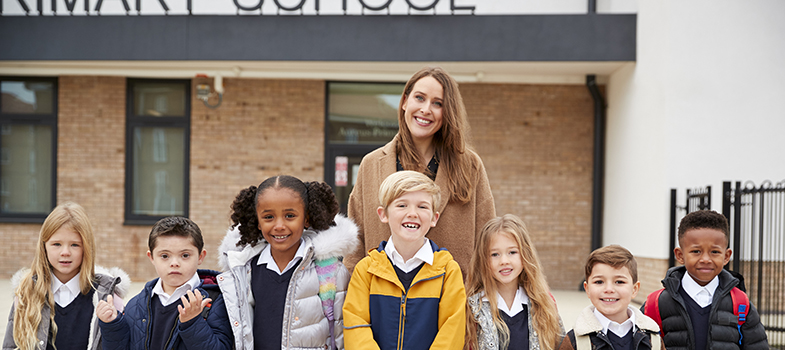3 Transforming learning
Who is to be included?

Some critics have seen the focus on students with disabilities and difficulties in learning as distracting from the real issue, that is, the processes of inclusion and exclusion that leave many students, not simply those with disabilities, unable to participate in mainstream culture and communities (Booth, 1996). Such processes have an impact on many students, not just those with ‘special educational needs’.
In line with this way of thinking, the study of inclusion should be concerned with understanding and confronting the broader issue of marginalisation and the consequences of this process for marginalised groups. There is a range of groupings of learners who might be included here: traveller students, mature students, those living in poverty, minority linguistic and ethnic groups; very likely, you can think of others. The point is that we cannot consider these groups in isolation if we are aiming to make real changes in the way education works (Dyson, 2001).
Activity 5: Experiences of marginalisation
In your experience, what groups have you observed as likely to experience marginalisation? How has the learning context either contributed to or addressed that marginalisation? You may want to think about general groups of pupils in your school who are ‘different’ in some way from the majority. Your examples are likely to go beyond disability and learning difficulty, and may include, for example, students with linguistic and social differences.
If you are completing this learning in a group setting, then once you have marshalled your thoughts, spend some time explaining your examples to a friend. Does he or she agree with your analysis?
Record your thoughts in a blog on the course website. [Tip: hold Ctrl and click a link to open it in a new tab. (Hide tip)]
2 Models of thinking
